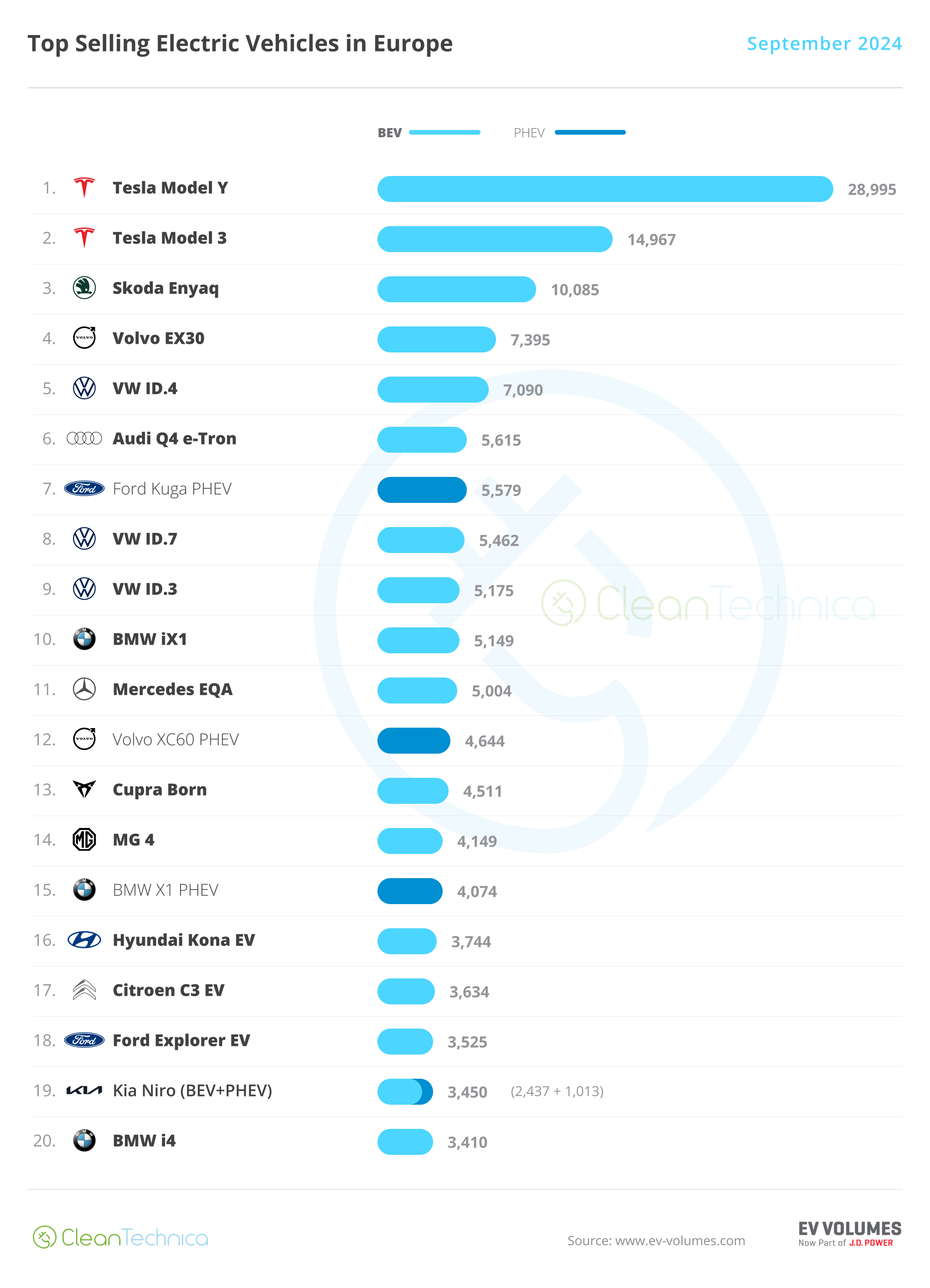
The Global Wind Energy Council (GWEC) held its APAC Offshore Wind & Green Hydrogen Summit August 30 and 31 at the Melbourne Convention Center. The event brought together government officials, industry leaders, and experts from across the region to discuss the growing potential of offshore wind power in the Asia-Pacific region.
Australia is one of the most promising markets for offshore wind (OSW) in the region. The country has vast offshore wind resources, and the government has set ambitious targets for the development of the sector. By 2030, Australia aims to have 2 gigawatts (GW) of offshore wind capacity installed, and by 2050, the country aims to have 20 GW of offshore wind capacity.
The GWEC summit provided a platform for stakeholders to discuss the challenges and opportunities of developing offshore wind in Australia. In two areas, the Bass Straight and the Perth/Bunbury regions, zone consultations for OSW projects will begin in October and November, respectively.
Chris Bowen MP, Australia’s Minister for Climate Change and Energy, told the conference that this announcement, “puts us firmly on track to have all six areas declared by the first half of next year.
Challenges To Offshore Wind Globally
One of the key challenges is the cost of the technology. Offshore wind turbines are more expensive than onshore wind turbines, and the cost of transmission can also be high. However, the cost of OSW is expected to come down as the technology matures.
Another challenge is the need for marine spatial planning. This involves identifying areas where offshore wind projects can be developed without impacting other marine activities, such as fishing and shipping. The Australian government is currently developing its own marine spatial plan for offshore wind and cooperative efforts at GWEC ensures other countries can benefit from the technology development and sharing.
Despite the challenges, the potential benefits of offshore wind in Australia are significant. Offshore wind can help to reduce the country’s reliance on fossil fuels and meet its climate targets. It can also create jobs and boost the economy.

Chris Bowen MP, Australia’s Minister for Climate Change and Energy, at GWEC’s APAC Summit in Melbourne (Credit: GWEC)
Developing Markets For Offshore Wind
Countries in the Asia-Pacific region are also developing offshore wind projects.
China is the world’s leading OSW market, and the country is planning to install an additional 100 GW of offshore wind capacity by 2030. South Korea and Taiwan are also developing offshore wind projects.
However, GWEC has identified Southeast Asia as a key growth market for wind energy both on- and offshore. The new players are Indonesia, the Philippines, Myanmar, Sri Lanka, Thailand, and Vietnam.
Outside of the region, India is not only seen as a major developer of wind energy for its own use with projects for up to 100GW in the next 12 years, but is also seen as a hub in the supply chain for wind energy.
The growth of offshore wind in the Asia-Pacific region is being driven by a number of factors, including the region’s strong demand for electricity, its abundant offshore wind resources, and the increasing cost of fossil fuels. As the technology matures and the cost of offshore wind comes down, the region is expected to become a major player in the global offshore wind market.
Three factors are seen as slowing down offshore wind implementation: infrastructure, sources of funding, and government policies.
First is the lack of infrastructure to support the requirements of building and making components for OSW. Massive infrastructure for ports and transmission lines are needed to support the development of wind energy projects.
The current cost of wind energy technology is still relatively high, which makes it a less attractive option for these countries. However, funding from both private investors and key financial institutions such as the World Bank and the Asian Development Bank are available.
The government policies in these some of these countries may not be supportive of wind energy development. A commonality in policies over the period during the development of wind projects is seen as a crucial tipping point. Internal policies in the distribution and cost of energy produced vary from country to country. There are advantages to the Philippines having a more liberalized model can allow a variety of power production, while Vietnam’s centralized power production and distribution can have faster deployment its needed energy mix.

The Importance Of GWEC
The inaugural APAC Summit is focused on fostering collaboration across the industry.
“The summit is providing this roadmap today because I know it will give industry certainty about the immediate path ahead,’ Bowen said, stressing how his country is “back on track to have all six [offshore wind] areas declared by the first half of next year”
Minister Bowen stressed the importance of these consultations, explaining it was important to have the “conversation openly and respectfully and say ‘yes, these are issues that need to be worked through. But here’s all the massive opportunities for our country.’”
The APAC Summit concludes on Thursday with an Offshore Wind Open Day, where the exhibition is free to attend for job seekers and anyone looking to gain a better understanding of what opportunities the offshore wind sector will provide.
I don’t like paywalls. You don’t like paywalls. Who likes paywalls? Here at CleanTechnica, we implemented a limited paywall for a while, but it always felt wrong — and it was always tough to decide what we should put behind there. In theory, your most exclusive and best content goes behind a paywall. But then fewer people read it! We just don’t like paywalls, and so we’ve decided to ditch ours. Unfortunately, the media business is still a tough, cut-throat business with tiny margins. It’s a never-ending Olympic challenge to stay above water or even perhaps — gasp — grow. So …




